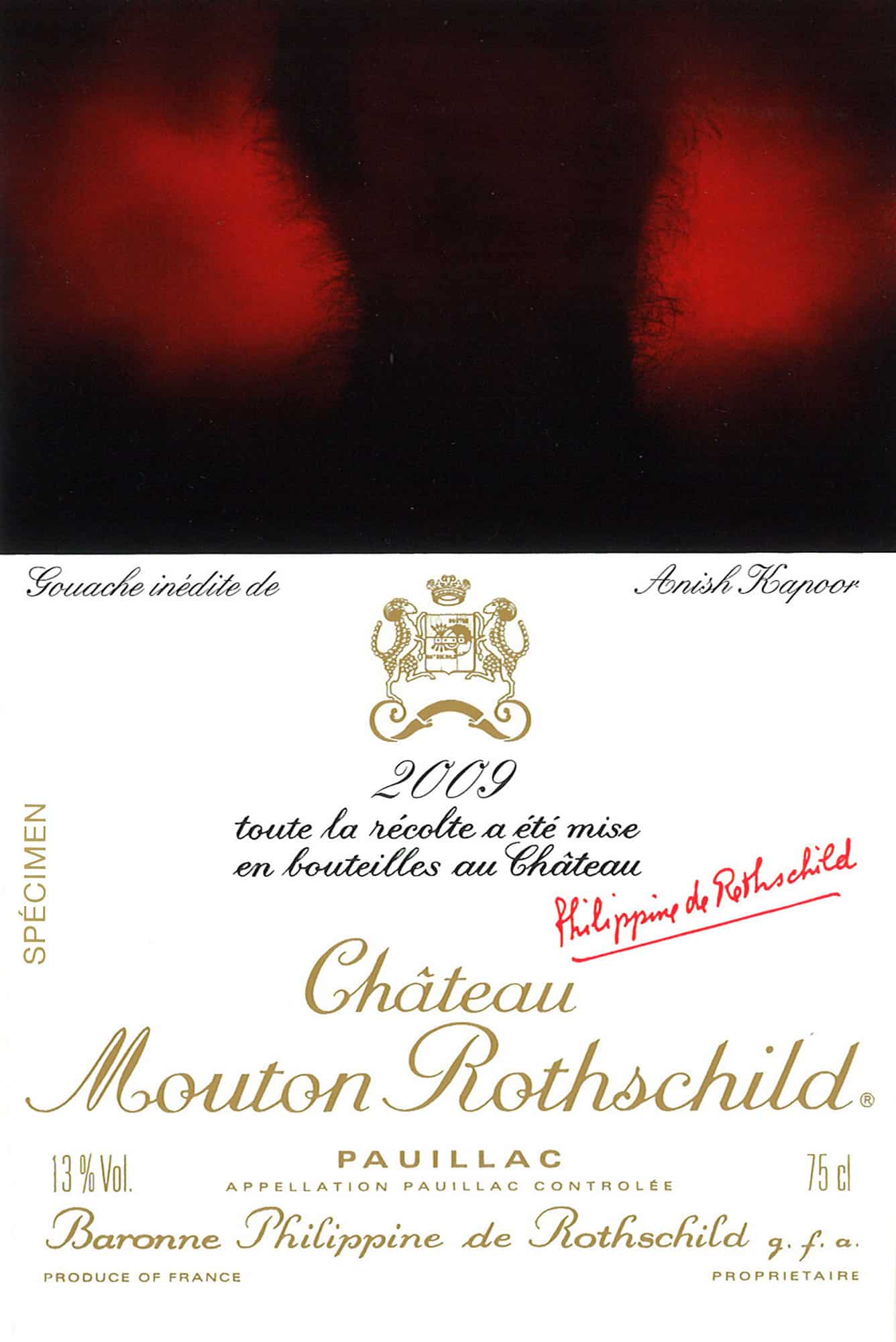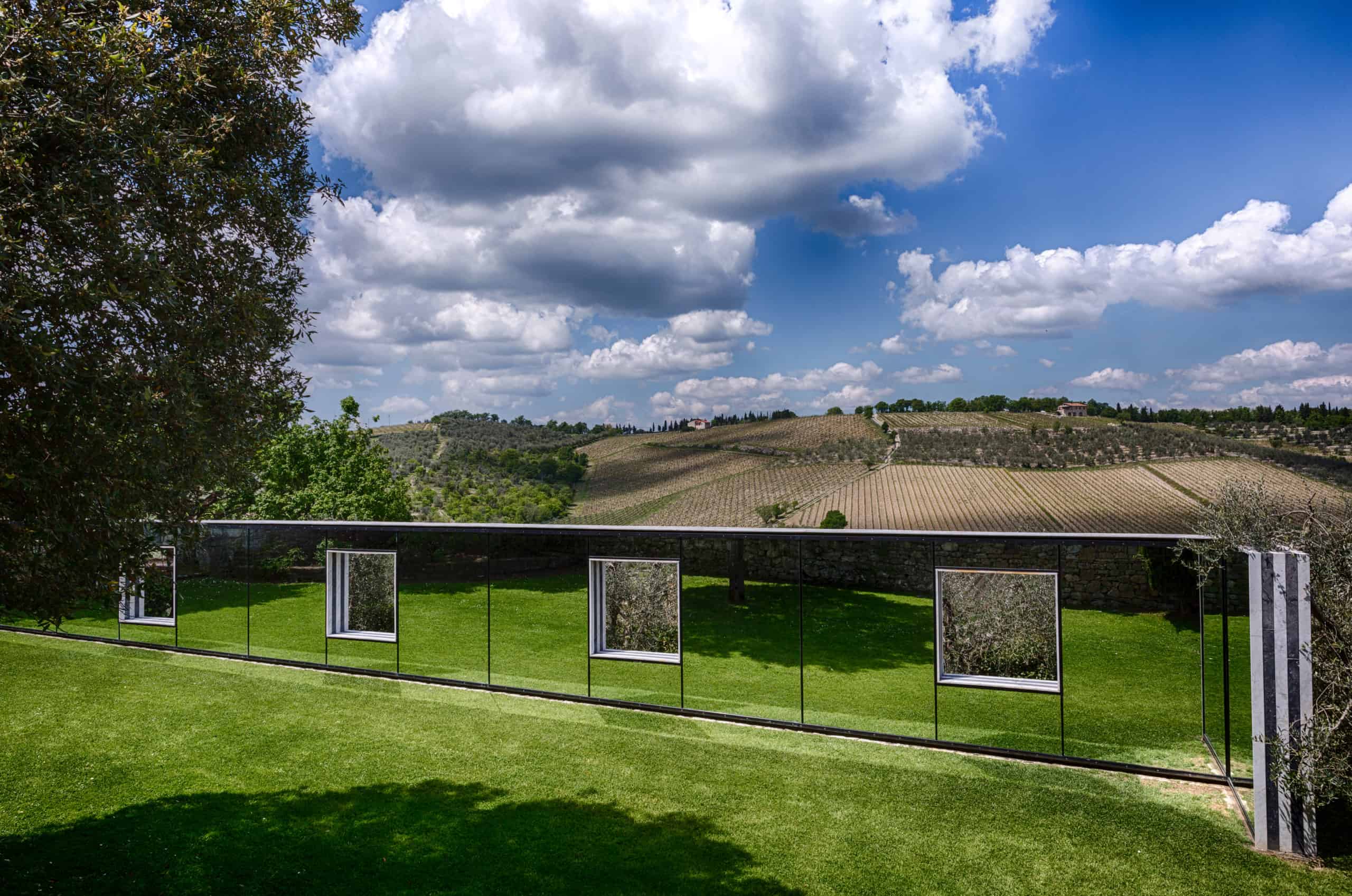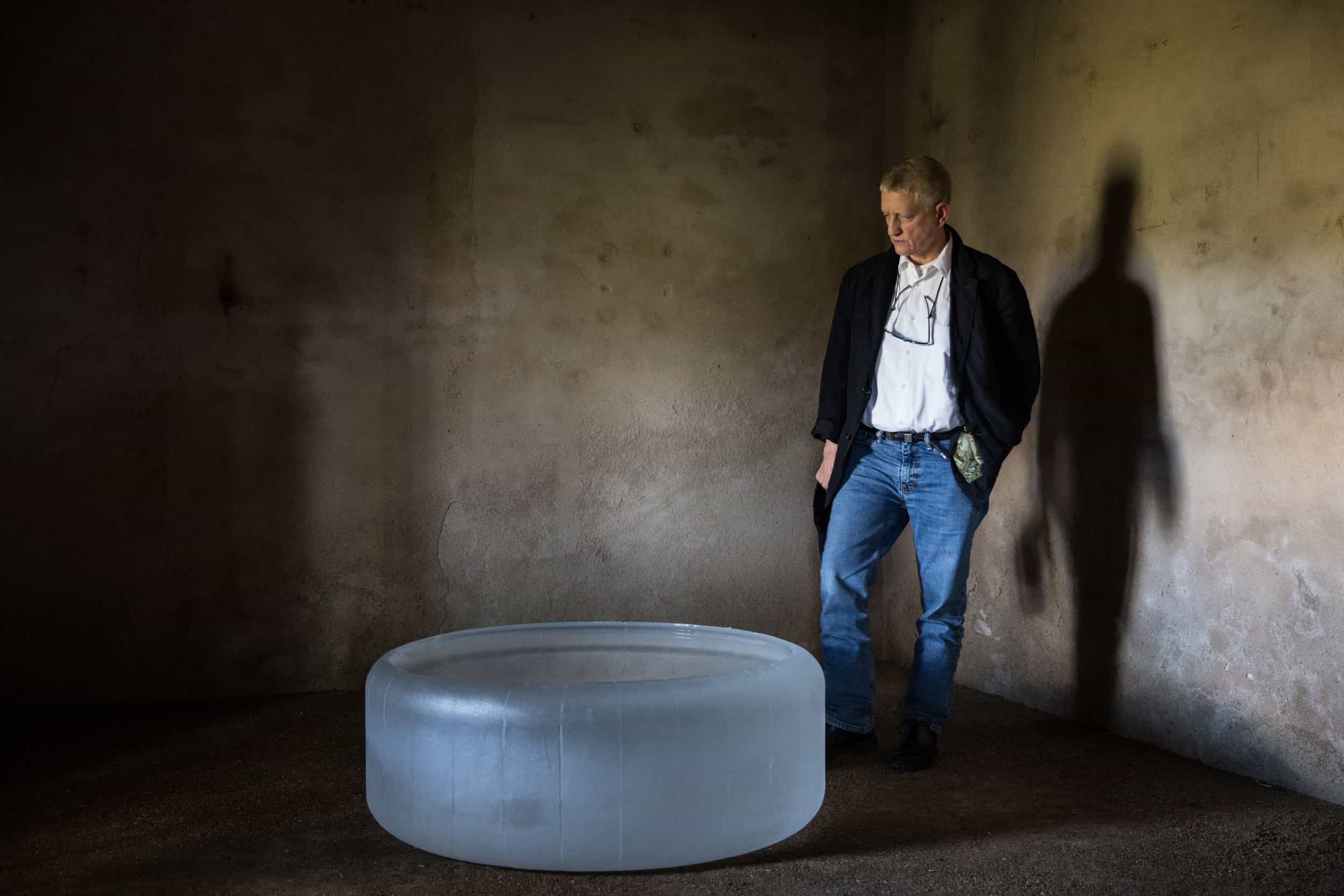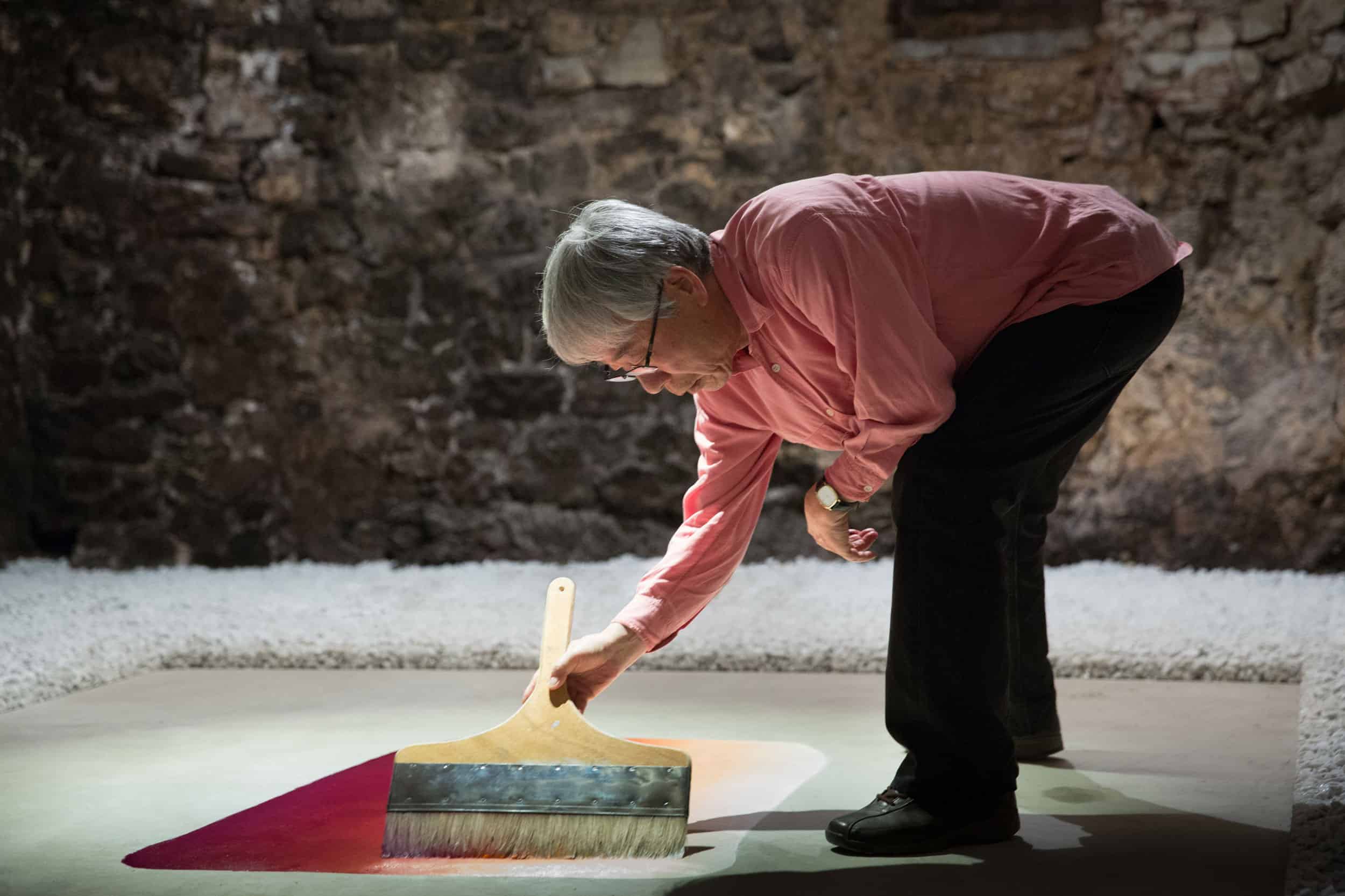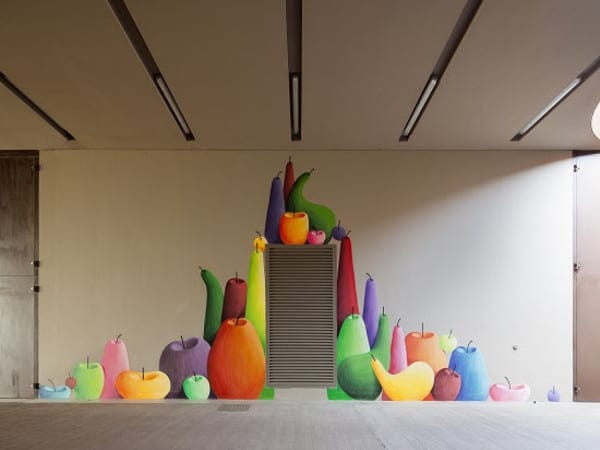Although so much has already been written about wine you can never truely say enough about the bouquet, tastes, colours, fragrances, mellowing attributes, origin and age. However, there is much more to wine than just that. Added value is the aspect increasingly recognised by many. This is what enhances wine’s uniqueness and uncommon attributes. Being extraordinary is an added value too and it certainly helps in attracting the attention of collectors and other enthusiasts of uncommon objects.
One of the factors stimulating interest in a particular wine brand are legends surrounding the producer or the brand itself and their wider recognition. Apart from what wine producers are professionally involved in and talk about, there is another aspect, originating out of this circle. It may sound slightly surprising, but graphic designers and visual artists exert their own influence on how a given wine is perceived, which is certainly invaluable.
When we are on the hunt for a better, tastier wine, we obviously consider all the aspects I mentioned before as well as the price. However, more often than not, we pay attention to something else. What the bottle looks like, how it is packaged and how the label is designed, in other words, all visual aspects, play an increasingly important role for consumers. This is why wine producers are going into fierce competition to create more and more unanticipated designs which are to surprise, catch the eye and convince the buyer to purchase their product rather than the product offered by somebody else. It is about much more than just a simple marketing tool for middle-sized producers offering wines in the middle price range.
Producers of collectible wines and visual artists understood the potential of mutual cooperation quite some time ago and are enjoying the benefits of engaging themselves in projects of this nature. This mode of action is increasingly popular and, as time passes, it often transforms into deep-rooted coexistence and cooperation. Below I will describe three examples of how the passion for wine and modern art were successfully combined. There is, obviously, much more of such examples, you just need to start looking.
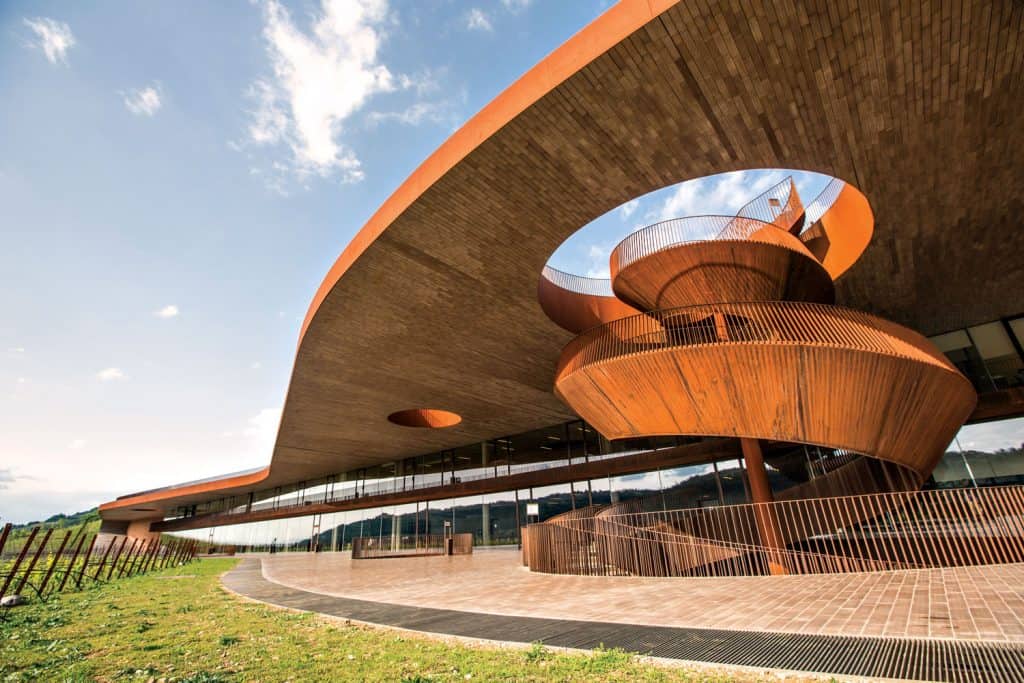
Antinori Art Project
Château Mouton Rothschild
The most acknowledged project which involves cooperation between visual artists and a wine producer are wines from Château Mouton Rothschild, the famous winery located in the village of Pauillac, near the city of Bordeaux. The idea to engage in such kind of cooperation dates back to 1924 when the first wine label created by a renowned French poster designer Jean Carlu was introduced into the world. It was only after World War II in 1945 that the project could fully blossom. That year Baron Philippe de Rothschild, who is the owner of the wine estate, commissioned Philippe Jullian to design a label commemorating the victory over fascists. This was the beginning of a big adventure which has continued until the present day. The list of distinguished artists cooperating with this famous vineyard is very long and includes Jean Cocteau (1947), Salvador Dali (1958), Joan Miró (1969), Marc Chagall (1970), Wassily Kandinsky (1971), Pablo Picasso (1973), Andy Warhol (1975), Francis Bacon (1990), Balthus (1993), Karel Appel (1994) and Lucian Freud (2006). The artists who recently contributed with their label designs are Anish Kapoor (2009), Jeff Koons (2010), David Hockney (2014) and Gerhard Richter (2015). As we can see, this is a hall of fame of sorts and the contributors use very different techniques and aesthetics, and exhibit their sensitivity as artists in various ways. There are a lot of differences among all label projects but one aspect is common for them all – the design must include clear references to wine and a ram, which appears on the emblem of Château Mouton. The project is a unique example of cooperation between artists and wine lovers. Some of the works that were reproduced on wine labels are now included in collections of renowned public museums e.g. Centre Pompidou.
When it comes to Italy, we can find a lot of examples there of projects born out of cooperation between the representatives of the two worlds we are talking about. These include Frescobaldi, Castello di Ama and Antinori nel Chianti Classico winery.
Etiquette designed by Anish Kapoor, Château Mouton Rothschild
Etiquette designed by Anish Kapoor, Château Mouton Rothschild
Castello di Ama per l’Arte Contemporanea
Castello di Ama is located right in the heart of the Chianti Classico region. “Castello di Ama per l’Arte Contemporanea” (Castello di Ama for Contemporary Art) is the project initiated by Lorenza and Marco Pallanti. Under this art initiative installations are produced revolving around the Tuscany estate, the vineyard and ancient mythology, whose signs and manifestations can still be felt and seen all around Italy. Since 1999 the organizers, in cooperation with Galleria Continua, have invited some of the most famous contemporary artists to take part in the project. Many of them exhibit their works in such renowned institutions as Tate Modern or MoMA. Among invited artists were: Michelangelo Pistoletto, Daniel Buren, Giulio Paolini, Kendell Geers, Anish Kapoor, Chen Zhen, Carlos Garaicoa, Cristina Iglesias, Nedko Solakov, Louise Bourgeois, Ilya and Emilia Kabakov, Pascale Marthine Tayou and Hiroshi Sugimoto. Inspired by the history and tradition of winemaking, as well as picturesque landscapes in the region, they create installations and their work is overseen by an expert (Philip Larratt-Smith was designated as the curator for the project in 2015). Some of the works remain at the location for good, for example Excavated by the famous Korean artist Lee Ufan. Art, wine and beautiful apartments in the villa perfectly complement one another and create a harmonious whole which is appreciated even by the most demanding visitors.
Daniel Buren, Particolare, Castello di Ama per l’Arte Contemporanea, photo by Alessandro Moggi
Roni Horn, Castello di Ama per l’Arte Contemporanea, photo by Alessandro Moggi
Lee Ufan, Castello di Ama per l’Arte Contemporanea, photo by Alessandro Moggi
Accademia Antinori and Antinori Art Project
The idea to combine the passion for wine and art originated much earlier than the 20th century. The marriage of the worlds of winemaking and art dates back to 1385. Antinori nel Chianti Classico winery is one of the examples of such long-term successful coexistence of the two. Since the 14th century the Antinori family was involved in visual arts projects. They started cooperating with artists because they felt the need to keep a record of family history and important events from the life of family members. One of the artists who worked for them was Giovanni Della Robbia, the legendary ceramic artist from Florence who lived at the turn of the 15th and 16th centuries. The coat of arms of the Antinori family was designed by this very artist. As time passed, the Antinori family became more involved in working with artists, becoming their patrons and providing them with space within the winery where they could make art. This passion for wine and art has not waned until the present day. The best evidence are two organisations which are very active in the field of art, namely Accademia Antinori and Antinori Art Project. Accademia Antinori collects and protects works of art which refer to the region of Tuscany and winemaking. The organisation managed to restore historical works, it publishes catalogues and books on art. It also organizes exhibitions and other events open to the public.
Antinori Art Project was initiated in 2012, at exactly the same time when the new Antinori nel Chianti Classico winery was opened. The futuristic space of this winery became the background for the created artworks. The aim was to create a project which would continue the family tradition of art collecting. However, the primary focus is now different than in the past, because the new project is about contemporary art and contemporary artists.
Villa Antinori, Nicolas Party, art project “Garden Room”
Villa Antinori, Nicolas Party, art project “Garden Room”
In such wineries, bodily sensations and spiritual experiences merge. These are places where borders between the two different worlds cease to exist. This produces a unique work of art and offers an unforgettable wine-tasting experience to every connoisseur.
Antinori Art Project




